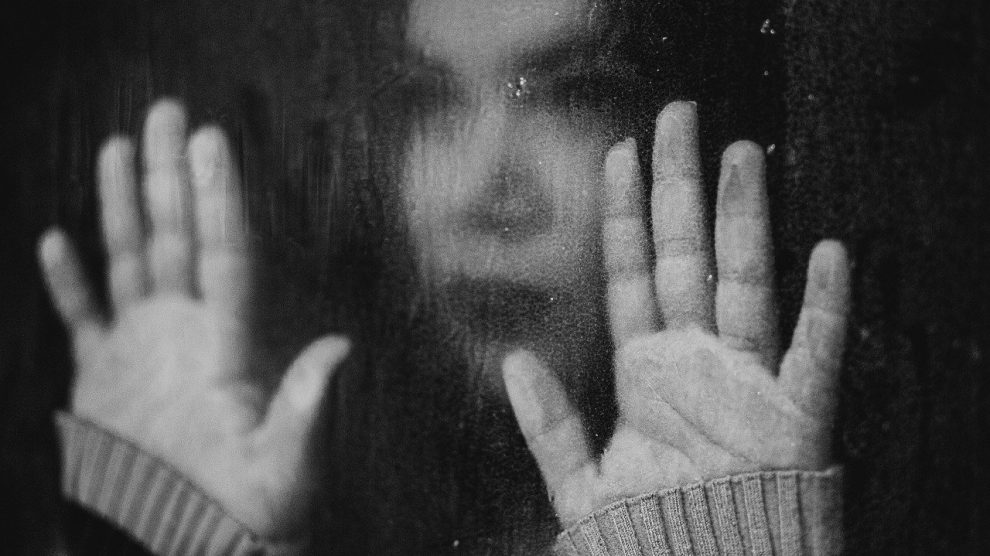After so long off school, it is completely natural for our children to suffer with anxiety, as they return.
We can support children and young people reduce anxiety about returning to school and look at short and long term strategies to build resilience.
How to Identify Anxiety and Stress
While stress and anxiety regarding returning to school during a pandemic is common, it’s also not something that should be ignored. For this reason, you need to be able to identify when your kids are struggling with stress and anxiety.
Signs of Anxiety
When kids are anxious, they may not know how to put their feelings into words. For this reason, it’s important that parents know how to recognize the signs of anxiety. Here are some common indicators that a child might be anxious.
- Displays changes in eating and sleeping habits
- Has bouts of unexplained crying
- Complains of stomachaches
- Struggles to concentrate
- Appears more clingy than normal
- Gets upset or angry more quickly
- Expresses negative thoughts or worries
- Appears restless and fidgety
Overall, if your child’s anxiety lasts longer than two weeks and interferes with their daily life, this could be a sign of an anxiety disorder. Be sure to talk to your child’s doctor about your concerns.
Untreated anxiety puts kids at risk for poor school performance, difficulty maintaining friendships, and even depression. And as kids get older, untreated anxiety can even lead to substance abuse.
ChildLine offers this advice
6 ways to cope with going back to school:
- talk to a teacher, parent or carer
- get support from the childline message boards
- talk to Childline
- find how to be assertive so you can stand up for yourself
- use the ChildLine Art box to draw a picture of how you feel and what you want to change.
- read the Childline top tips for making friends.
Local support
Kirsty from Boost Therapy gives us some advice on helping our children at this time.
Kirsty says, “ I have had a few people ask me what is the best way to help someone with anxiety this week. Maybe you know people who are stressed or anxious right now. Let’s face it a pandemic can do that for you. This is something I have been saying a million times before and will say a million times again, but so many times people assume because it appears to be so simple it won’t work for them. Breathing for anxiety and stress is your first port of call. Not just any old raggedy breathing but purposeful breathe and hold patterns regulate your nervous system. Your breath is part of your stress response. Deep breathing brings more airflow into your body and allows you to absorb the necessary carbon dioxide which is what calms the amygdala in your brain. This is why we use a paper bag if someone is having a panic attack.
How does breathing help anxiety

The stress and anxiety are using your sympathetic nervous system – the deep breathing processes activate the parasympathetic nervous system. This is your rest and relax response. Both cannot be turned on at the same time.
So if you are a human being breathing WILL work for you.
It’s just a case of finding the breathing techniques that work best for you. Some feel more comfortable than others.
Here are some links below that will help activate that rest and relax parasympathetic nervous system and they are Free.
Breathing Techniques For Calm – An ultra-convenient, discreet printable of breathing techniques to keep in your bag or phone when you need it most
Mindful Relaxation – 10 minute mp3 to feel more like you again
Here 3 of the EASIEST breathing techniques for calm from Kirsty
Bubble Breathing
Oh yea – blow some bubbles. Bear with me here, no matter how odd it may sound! Remember when you were a kid (or maybe a fully grown adult who likes bubbles, like me – I have children – don’t judge!) Those little pots of bubble mixture with the wands inside? You have to blow in a very specific way to get a good bubble. Slow and steady, don’t you? If you blow too slowly though, the bubble doesn’t actually form. If you blow too quickly, then the mixture just splats all over the place. Close your eyes and breathe, visualise those bubbles, blowing in that exact same way.
Square Breathing
A square has 4 equal sides, if you can count to 4, you can do this! You can visualise a square if you want to.
- Simply breathe in for a count of 4 (top of your square)
- Hold you breathe for a count of 4 (side of square)
- Exhale the breath for a count of 4 (bottom of square)
- Hold for a count of 4 (side of square)
- Repeat
7 / 11 Breath
Breathe in for a count of 7 and breathe out for a count of 11.
The purpose of this breathe is to exhale for longer than you breathe in. So if 7/11 doesn’t feel quite right for you, adapt it. It is Your count of 7 or 11, as long as you exhale for longer than you inhale, you are doing a good job.
Visit Kirsty’s website, Boost Therapy for more help and advice, here






















